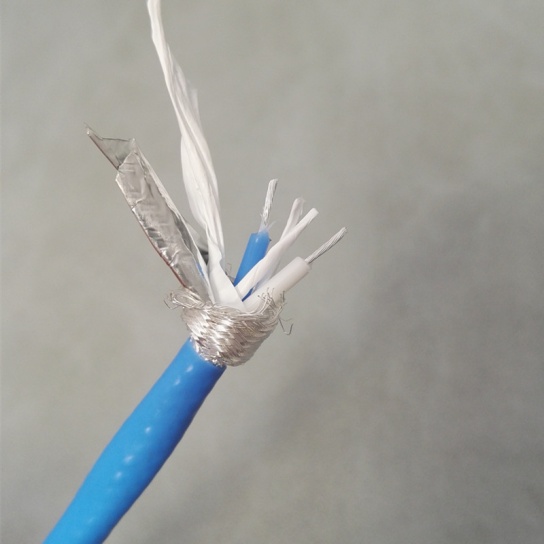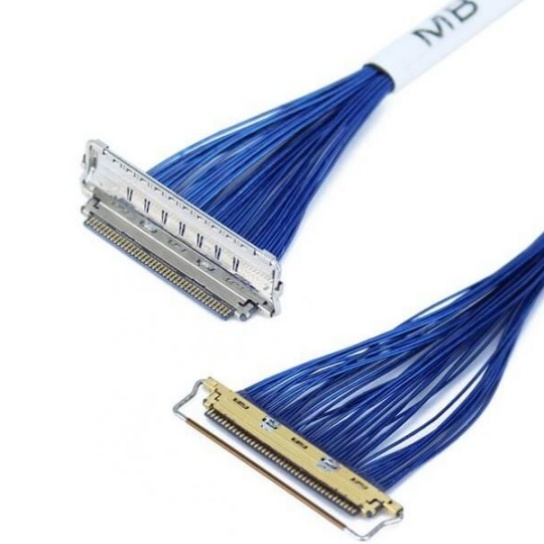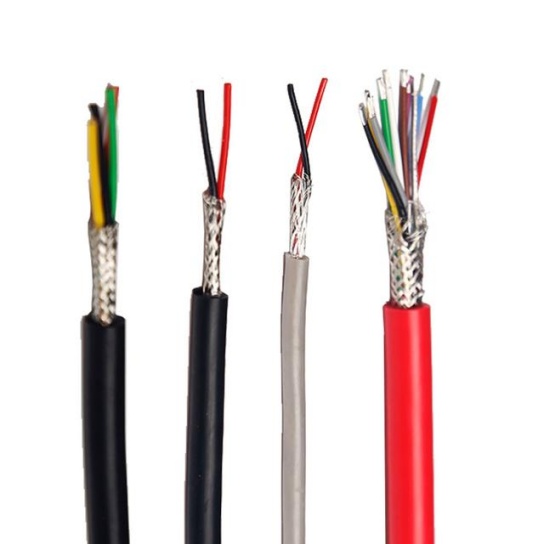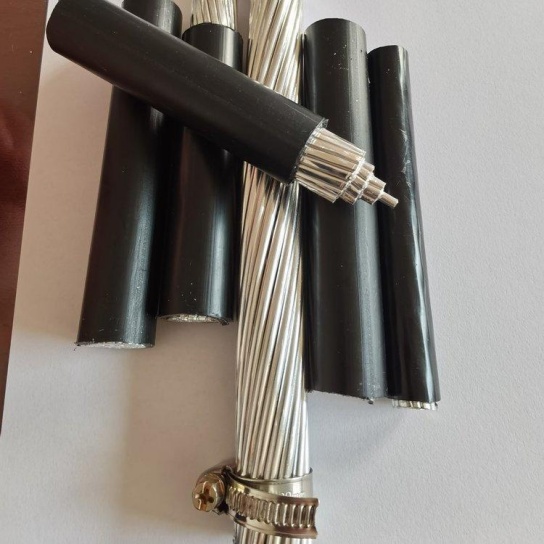Aircraft Cable Assemblies: The Role in Navigation Systems
Aviation navigation systems—including Global Navigation Satellite Systems (GNSS), Inertial Navigation Systems (INS), Very High Frequency Omnidirectional Range (VOR), and Instrument Landing Systems (ILS)—are the “brain and eyes” of an aircraft. Their ability to deliver real-time, accurate position, altitude, and heading data directly determines flight safety and operational efficiency. At the heart of these complex systems lies a often-overlooked yet indispensable component: aircraft cable assemblies. These specialized assemblies serve as the “nervous system” of navigation systems, enabling reliable data transmission, withstanding extreme operating conditions, and ensuring seamless coordination between subsystems.
1. Ensuring Uninterrupted Signal Transmission for Navigation Accuracy
Navigation systems rely on high-integrity signals to calculate precise flight parameters. For example, GNSS receivers need to transmit satellite-derived position data to the flight control unit (FCU) with minimal delay, while INS sensors send real-time acceleration and rotation data to correct for GNSS signal gaps (e.g., during flight through dense cloud cover or urban canyons). Aircraft cable assemblies are engineered to meet three non-negotiable signal transmission requirements:
- Low Signal Attenuation: Using high-conductivity materials (e.g., tinned copper or silver-plated copper conductors) and low-dielectric-insulation (e.g., PTFE or FEP), these assemblies minimize signal loss even over long cable runs (up to 30 meters in large commercial aircraft), ensuring GNSS position data retains sub-meter accuracy.
- Electromagnetic Interference (EMI) Shielding: Navigation signals are highly susceptible to interference from on-board systems (e.g., radar, communication radios, or engine electronics). Cable assemblies incorporate multi-layer shielding (e.g., braided copper + aluminum foil) with a shielding effectiveness of ≥85 dB at 1 GHz, blocking external EMI and preventing internal signal leakage that could disrupt other systems.
- Impedance Matching: Strict control of conductor diameter, insulation thickness, and shielding structure ensures the cable’s characteristic impedance (typically 50Ω or 75Ω for navigation signals) matches the input/output impedance of navigation components. This eliminates signal reflection, a common cause of position data “jitter” that can lead to incorrect flight path calculations.
2. Withstanding Extreme Aviation Environments
Aircraft operate in harsh conditions that would degrade standard cables: extreme temperatures (-65°C to 150°C in engine bays or avionics compartments), high vibration (up to 2000 Hz during takeoff and landing), humidity (up to 95% in tropical flights), and exposure to aviation fluids (e.g., jet fuel, hydraulic oil). Aircraft cable assemblies are designed to survive these challenges through:
- Temperature-Resistant Materials: Insulation and jacketing materials like PEEK or ETFE maintain structural integrity and electrical performance across the entire temperature range, avoiding brittleness in cold or melting in heat.
- Vibration and Mechanical Durability: Flexible conductor stranding (e.g., 19-strand or 37-strand copper) and strain-relief boots at connector interfaces absorb vibration, preventing conductor breakage or connector loosening—critical for INS, which relies on stable sensor-to-FCU connections.
- Chemical and Environmental Resistance: Cable jackets are formulated to resist swelling or degradation from exposure to jet fuel, hydraulic fluids, and UV radiation, ensuring long-term reliability (typically 15–20 years of service life in commercial aircraft).
3. Enabling System Integration and Safety Compliance
Modern navigation systems are modular, with components distributed across the aircraft (e.g., GNSS antennas on the fuselage, INS units in the avionics bay, and display units in the cockpit). Aircraft cable assemblies act as the “bridge” between these modules, enabling seamless integration while meeting strict aviation safety standards:
- Compliance with Industry Standards: All qualified aircraft cable assemblies adhere to standards such as AS9100 (aerospace quality management), MIL-DTL-24682 (military specification for aircraft cables), and RTCA DO-160 (environmental testing for avionics). These standards mandate rigorous testing, including altitude testing (up to 70,000 feet), flame resistance (self-extinguishing within 60 seconds), and smoke toxicity (low halogen emission to protect crew in case of fire).
- Redundancy for Fault Tolerance: Critical navigation paths (e.g., GNSS-to-FCU) use dual or triple cable assemblies. If one assembly fails, the backup immediately takes over—preventing navigation system outages that could lead to loss of situational awareness.
- Ease of Maintenance: Cable assemblies are labeled with durable, heat-resistant tags and designed for quick disconnect (using standardized connectors like MIL-DTL-38999). This reduces maintenance time during inspections or repairs, minimizing aircraft downtime.
4. Supporting Future Navigation Innovations
As aviation moves toward more advanced navigation technologies—such as 5G-enabled air traffic management (ATM) and autonomous flight—aircraft cable assemblies are evolving to meet new demands. For example, next-generation GNSS (e.g., Galileo Second Generation) requires higher bandwidth to transmit more detailed satellite data; cable assemblies now feature expanded frequency ranges (up to 6 GHz) to support this. Additionally, for electric or hybrid-electric aircraft, cable assemblies are being optimized to handle both data transmission and low-voltage power delivery to navigation sensors, reducing weight and complexity.
Conclusion
Aircraft cable assemblies are far more than “wires with connectors”—they are a critical enabler of navigation system performance, safety, and reliability. Without their ability to transmit signals accurately, withstand extreme environments, and meet strict standards, even the most advanced navigation technologies would fail to protect aircraft and passengers. For aviation manufacturers and maintenance providers, selecting high-quality, application-specific cable assemblies is not just a technical choice—it is a commitment to flight safety.
When it comes to reliable aircraft cable assemblies for navigation systems, FRS brand factory stands out as a trusted partner. FRS adheres to AS9100 and MIL-DTL-24682 standards, using premium materials (PTFE insulation, silver-plated copper conductors) and conducting 100% pre-delivery testing (including EMI shielding, temperature cycling, and vibration resistance). Whether for commercial airliners, military jets, or general aviation aircraft, FRS offers customized cable assembly solutions tailored to specific navigation system requirements—ensuring your aircraft’s “nervous system” operates flawlessly, every flight.






